Is Xi Jinping killing the goose that laid the golden eggs? The head of the Chinese Communist Party (CCP) wants to harness the innovative potential of domestic high-tech, but his assaults on private tech companies could prove the law of unintended consequences.
The message is clear: serve the Party. It is no longer about making money or advancing the domestic technology base, it is about operating according to the dictates of the CCP, whatever they may be.
This is a stark reversal of economic development policies under previous CCP leaders. Deng Xiaoping, Jiang Zemin, and Hu Jintao all encouraged foreign direct investment (FDI), private companies, and innovation. As a result, by the turn of the century the private sphere had grown larger than the traditional state-owned sector.
This approach is fraught with danger. The idea of a top-down, state-centric model of innovation—think Huawei or ZTE—promises to be scarily restrictive. This is the opposite of the U.S. model, which is based on seed monies for small, high-tech firms, support for university research, and public-private partnerships. And only rarely—for example, in recent efforts to reinvigorate the country’s semiconductor manufacturing industry—does Washington get seriously involved.
Nowhere is the risk greater than for Xi’s corresponding efforts to encourage “military-civil fusion” (MCF). Xi and the CCP are anxious to harness China’s growing technological prowess to support the creation of a high-tech People’s Liberation Army (PLA). The PLA is not only to be quantitatively strong but qualitatively as well, equipped with the most advanced of all possible armaments. This includes state-of-the-art command and control systems, fifth-generation fighter jets, armed drones, hypersonic weapons, and the like. This, in turn, requires tapping into innovations in the private high-tech sector, particularly in such areas as artificial intelligence (AI), microelectronics, autonomous systems, and 5G networking.
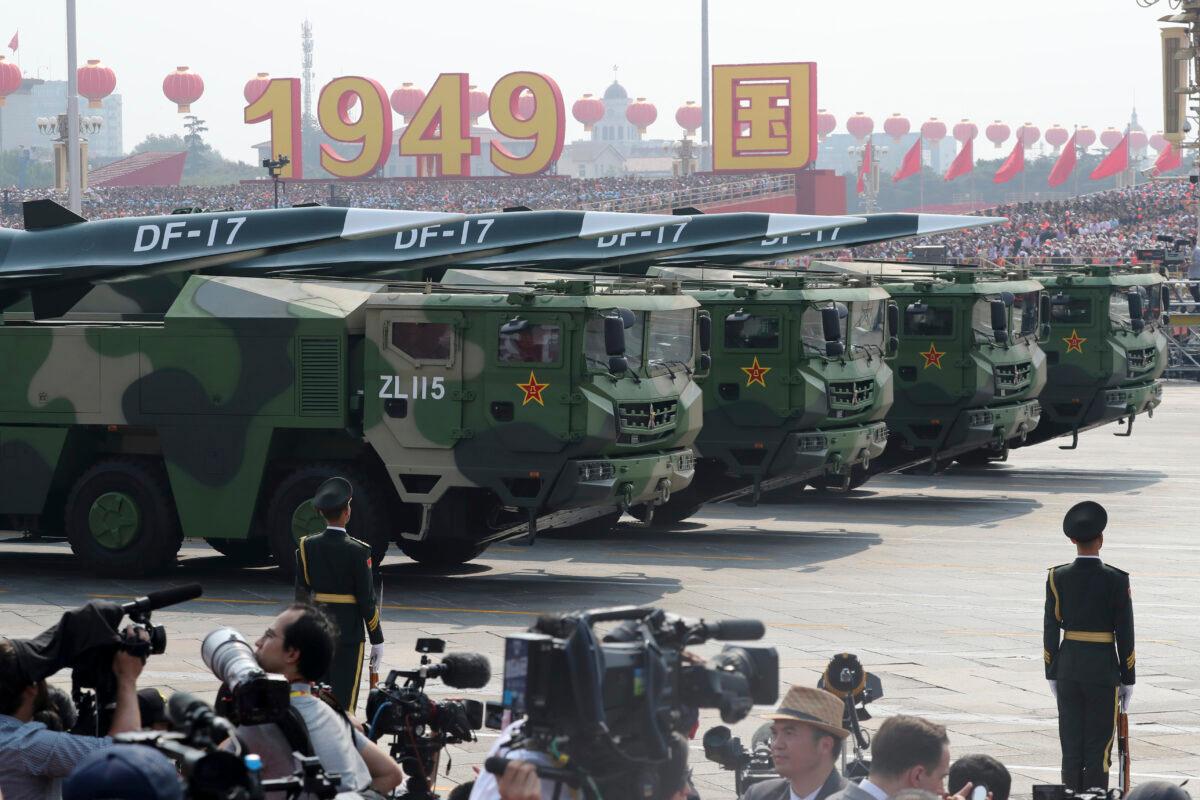
As Béraud-Sudreau and Nouwens put it, MCF “has become an integral part of Xi’s strategy to complete the modernization of China’s armed forces by 2035 and turn them into a world-class army by midcentury.”
In particular, Xi and the CCP have prioritized artificial intelligence. AI is regarded as a critical technology that could prove consequential to China’s strategic competition with the United States, especially when it comes to surpassing the U.S. military as the world’s most advanced armed force. Consequently, in 2017 Beijing laid out its ambitious “New Generation Artificial Intelligence Development Plan,” aimed at turning China into a world leader in AI by 2030.
It should come as no surprise to see that MCF has intertwined military modernization with civilian technological innovation in a number of critical dual-use technology sectors, just AI, but also semiconductors, aerospace, advanced manufacturing, and alternative energy sources. At the same time, MCF also “involves greater integration of military and civilian administration at all levels of government: in national defense mobilization, airspace management and civil air defense, reserve and militia forces, and border and coastal defense,” the report said.
In his crackdown on the country’s private-sector high-tech industry, Xi could be trying to square the circle. On the one hand, he wants a vibrant, innovative-friendly, risk-taking economic culture. On the other hand, he is cracking down on the risk-takers and innovators, in the cause of tightening up societal and political controls.
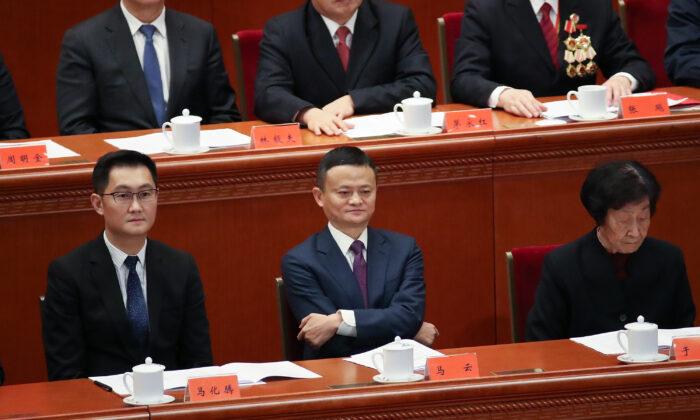

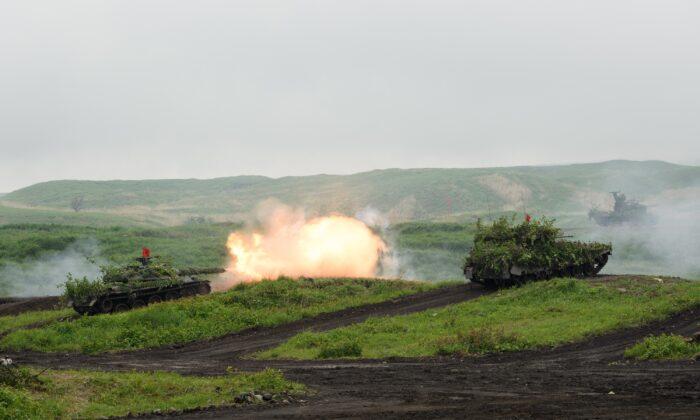
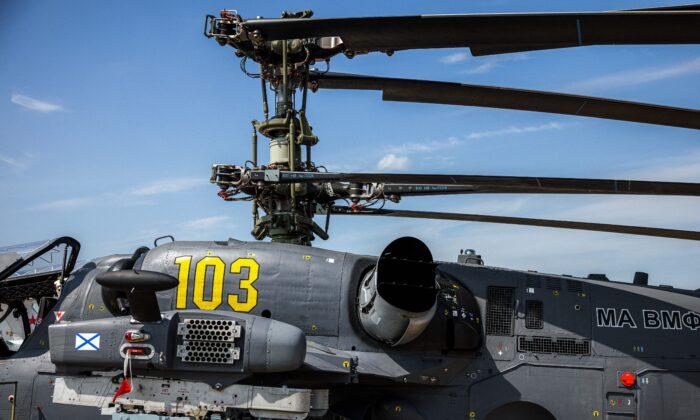
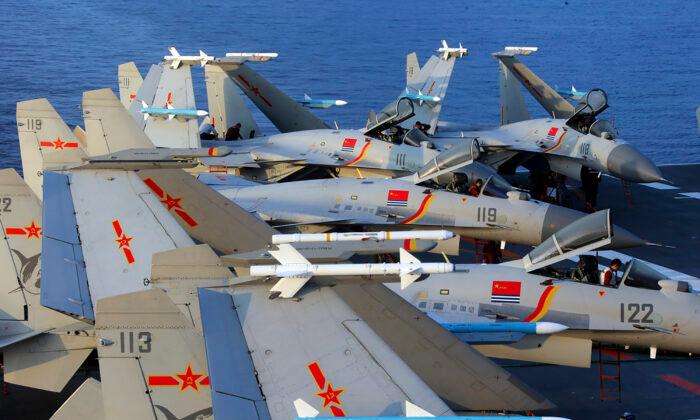
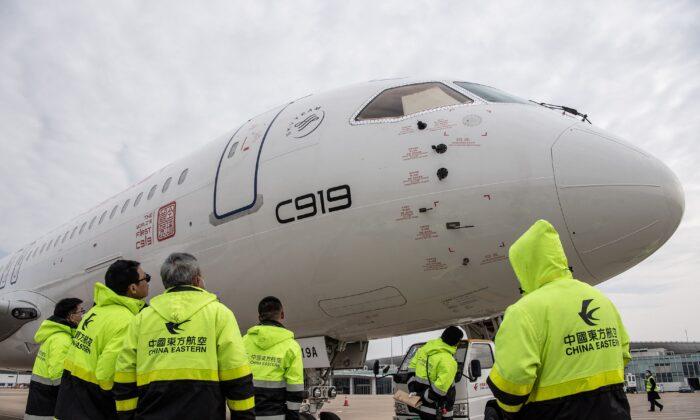
Friends Read Free